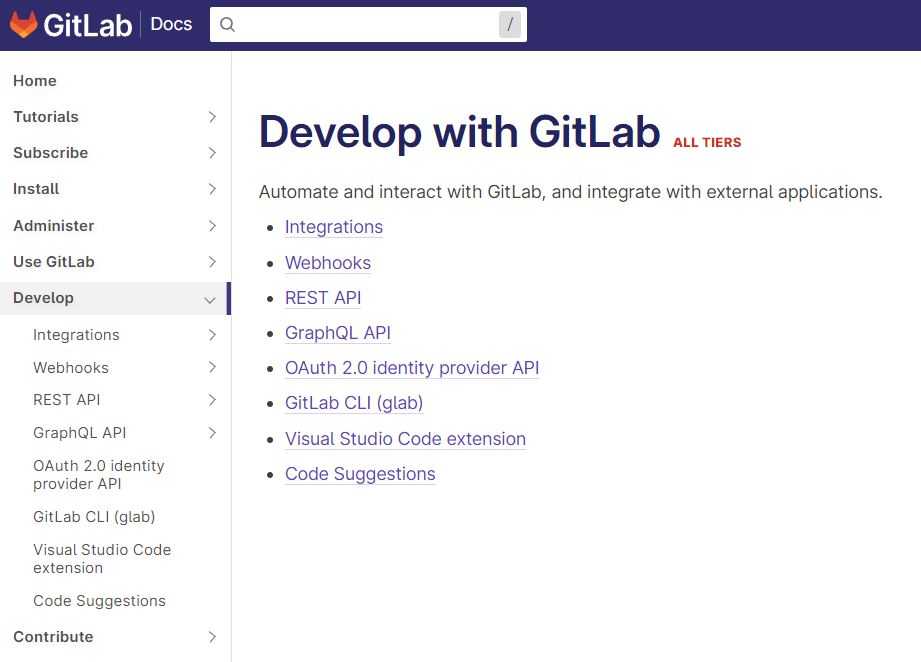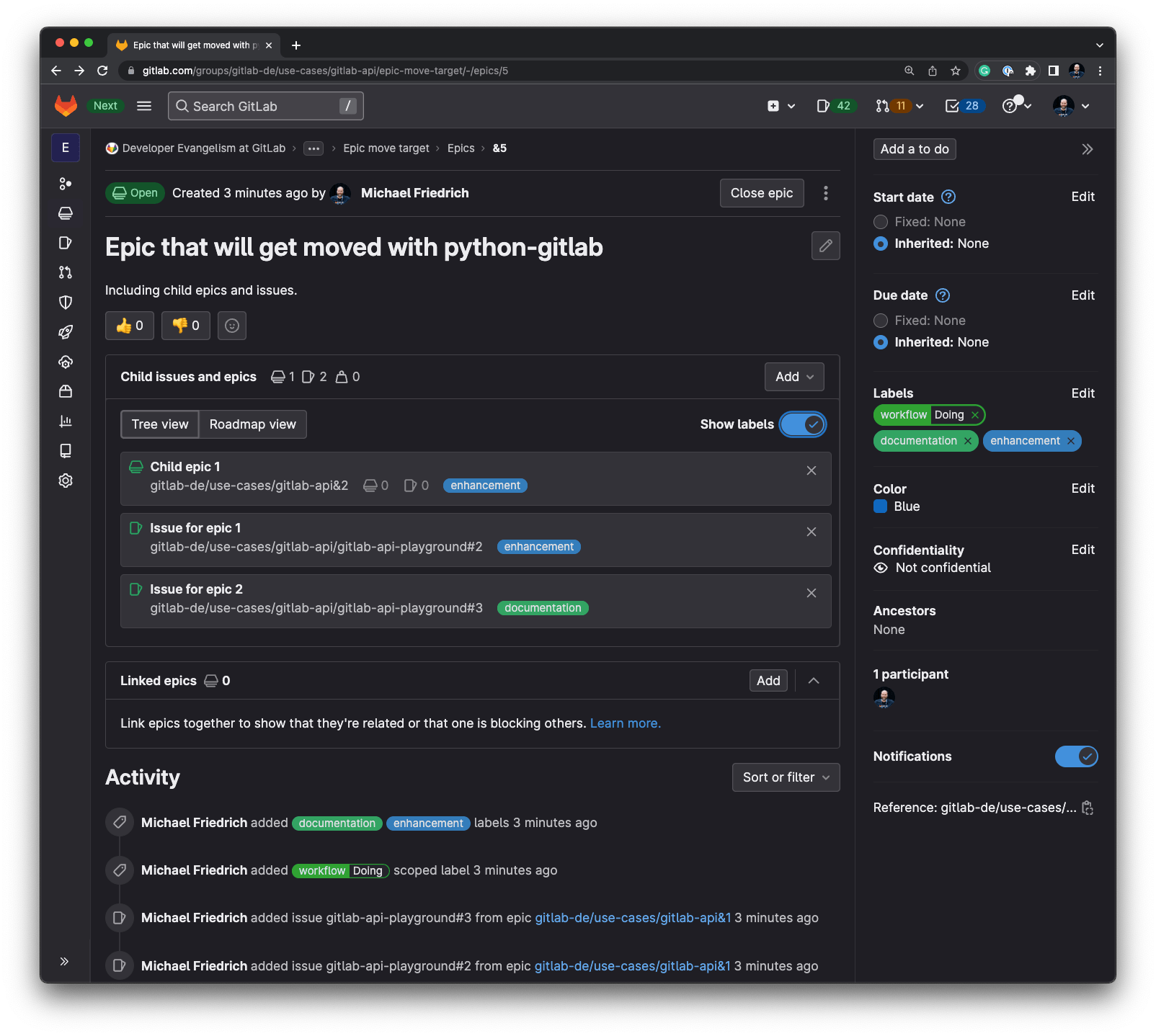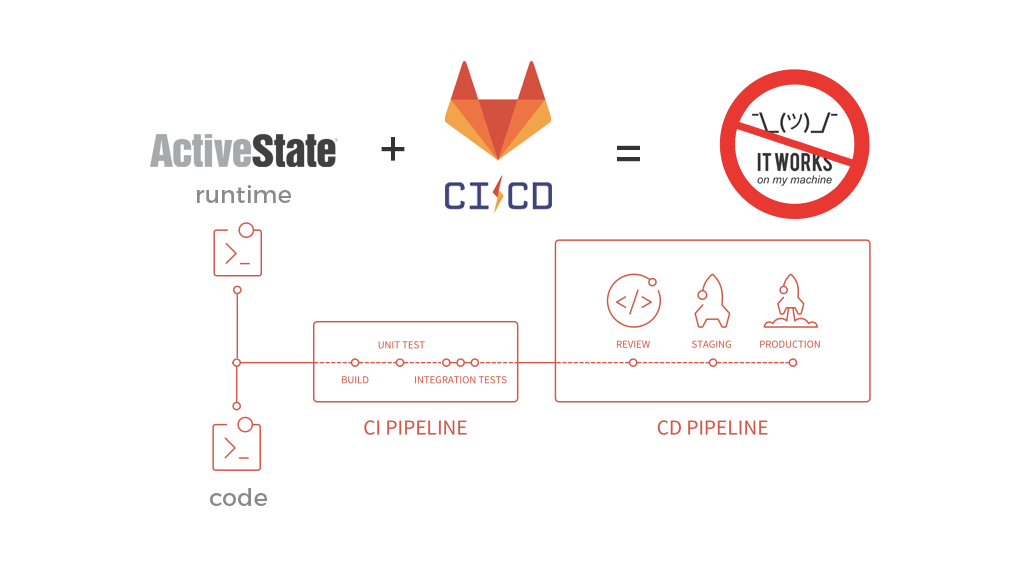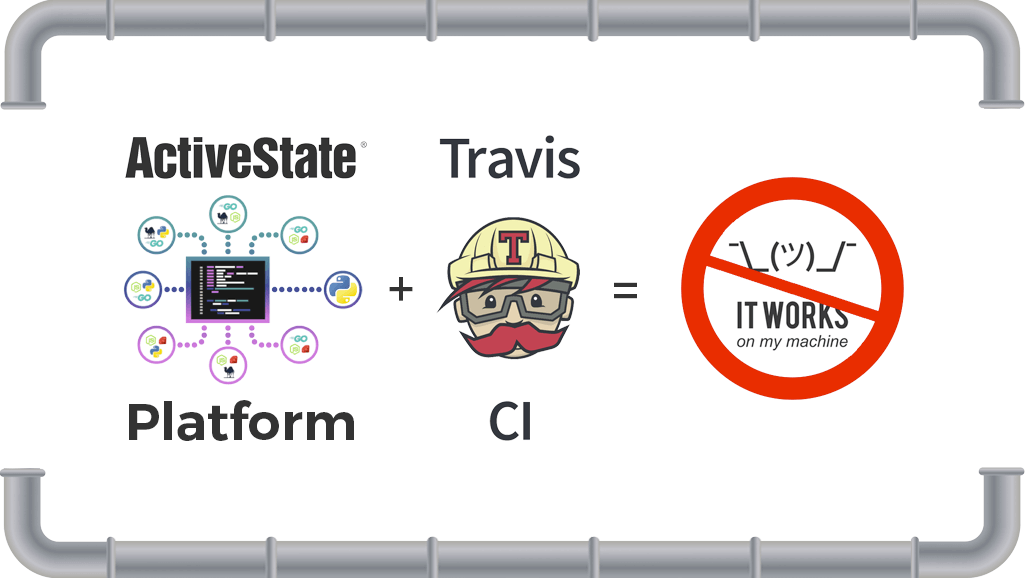Can you use Python on GitLab?
Can you use Python on GitLab?

I'm happy to help!

Yes, you can absolutely use Python on GitLab! In fact, GitLab has an excellent integration with Python, and many developers love it for various reasons.
To get started with using Python on GitLab, follow these steps:
Create a new project: Head over to your GitLab account, click on "New project," and choose the language as Python. Choose the right environment: You can either use the pre-built Docker image (e.g.,python:3.9) or install Python locally using Homebrew or another package manager. Configure your .gitlab-ci.yml file: In this file, you'll define the pipeline stages for building, testing, and deploying your Python application.

Here's an example of a simple pipeline:
Write your Python code: Create astages: build testbuild-job:
stage: build
script:
pip install -r requirements.txt python setup.py buildtest-job:
stage: test
script:
pytest
requirements.txt file, where you list all the dependencies needed for your project (e.g., Flask, Django). Use GitLab CI/CD to automate builds and tests: Once you've created the pipeline, GitLab will automatically build and test your application when you push changes to the repository.
Some fantastic features of using Python on GitLab include:
Auto-deployment: With a simple configuration change, you can set up automatic deployments to production or staging environments. Integrated CI/CD: Automate your testing and deployment process directly from within your GitLab project. Collaboration tools: Invite team members, assign issues, and track progress with ease.For more information on using Python on GitLab, I recommend checking out the official documentation: https://docs.gitlab.com/ee/ci/multilingual/ (scroll down to "Python").
So there you have it! With these simple steps, you can leverage Python's power on the popular platform of GitLab.
Happy coding!
Please let me know if you'd like more details or clarification on any specific aspect.
How to implement CI CD pipeline in Python?

Implementing a Continuous Integration (CI) and Continuous Deployment (CD) pipeline in Python involves several steps. Here's an overview of the process:
Step 1: Set up a version control system
Choose a version control system like Git, Mercurial, or Subversion to manage your codebase. This will help you track changes and collaborate with team members.
Step 2: Create a CI pipeline
For this example, we'll use CircleCI as our CI platform. You can also use Jenkins, Travis CI, or GitHub Actions. Here are the general steps:
Install CircleCI on your machine by runningbrew install circleci (for macOS) or sudo apt-get install circleci (for Linux). Initialize a new CircleCI project by creating a .circleci/config.yml file in your repository's root. Define the workflow in config.yml. For example, you can specify a Python 3.8 runtime and run tests using pytest:
version: 2.1
jobs:
build:
docker:
image: circleci/python:3.8
steps:
checkout
run:
name: Install dependencies
command: |
pip install -r requirements.txt
run:
name: Run tests
command: |
pytest --junit-xml=report.xml .
This workflow checks out your code, installs dependencies using pip, and then runs tests using pytest.
Step 3: Set up a CD pipeline
For this example, we'll use CircleCI again to set up a CD pipeline. You can also use AWS CodeDeploy, Google Cloud Build, or Microsoft Azure DevOps.
Create a newconfig.yml file in your repository's root and specify the workflow for deployment:
version: 2.1
jobs:
deploy:
docker:
image: circleci/python:3.8
steps:
checkout
run:
name: Deploy to production
command: |
Your deployment logic goes here (e.g., uploading to AWS S3)
This workflow checks out your code and runs a script that deploys your application to production.
Step 4: Integrate CI with CD
In CircleCI, you can link the build job to the deploy job by specifying the when keyword in the deploy job:
jobs:
deploy:
when: circleci/build/succeeded
This ensures that the deployment job only runs if the build job has successfully completed.
Step 5: Configure and test your pipeline
Configure your pipeline by updating the config.yml files as needed. Test your pipeline by running a build and seeing if it triggers a deploy. Make sure to commit changes and push them to your repository to trigger the pipeline.
By following these steps, you've implemented a basic CI/CD pipeline in Python using CircleCI. This pipeline automates the testing and deployment of your application, ensuring that your code is reliable and up-to-date.
Here are some additional best practices:
Use environment variables to store sensitive information (e.g., API keys). Implement logging and monitoring tools to track pipeline performance. Set up notifications for build failures or deployments. Consider using a CI/CD orchestration tool like Ansible or SaltStack to manage your infrastructure.By following these guidelines, you can create a robust CI/CD pipeline that streamlines your development workflow and ensures the quality of your application.





























